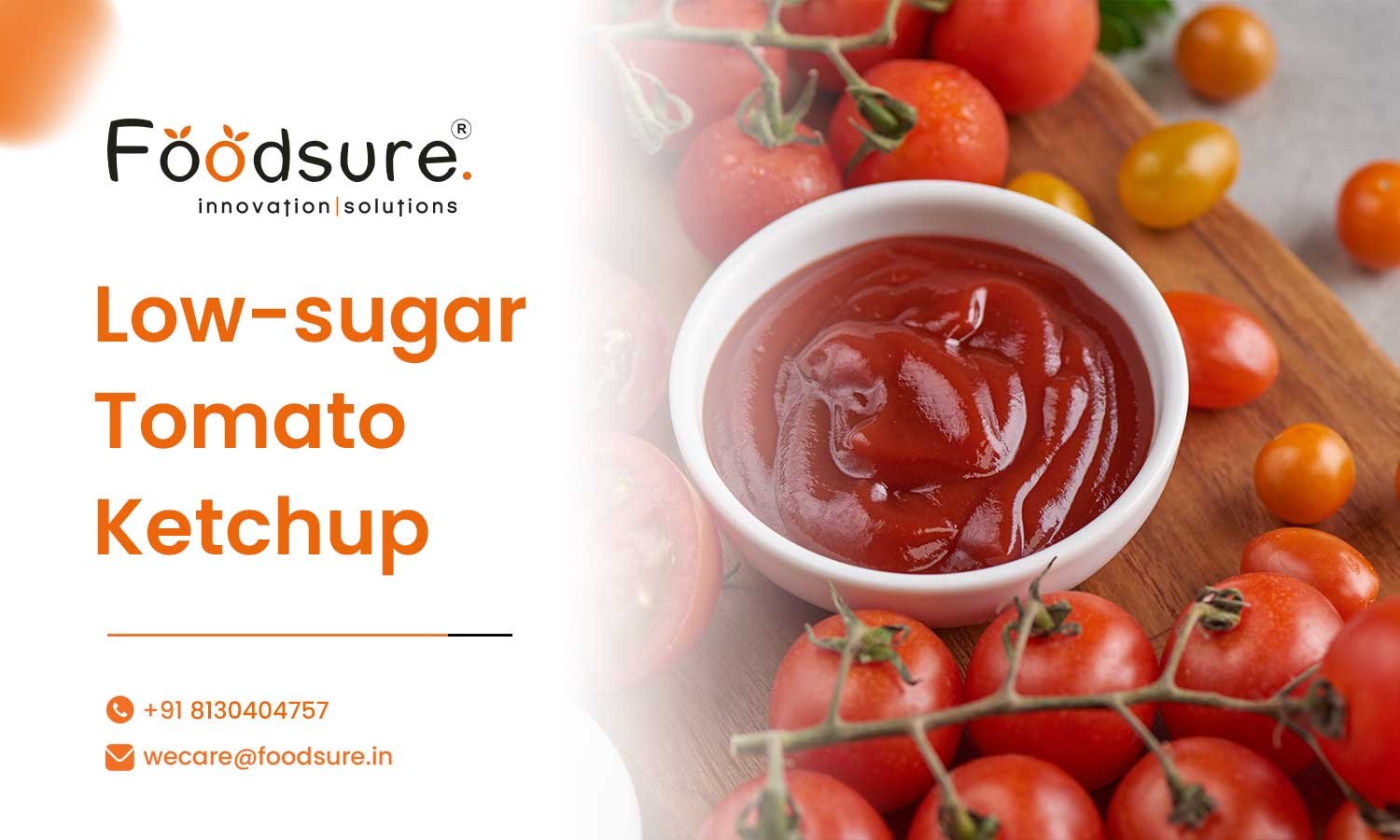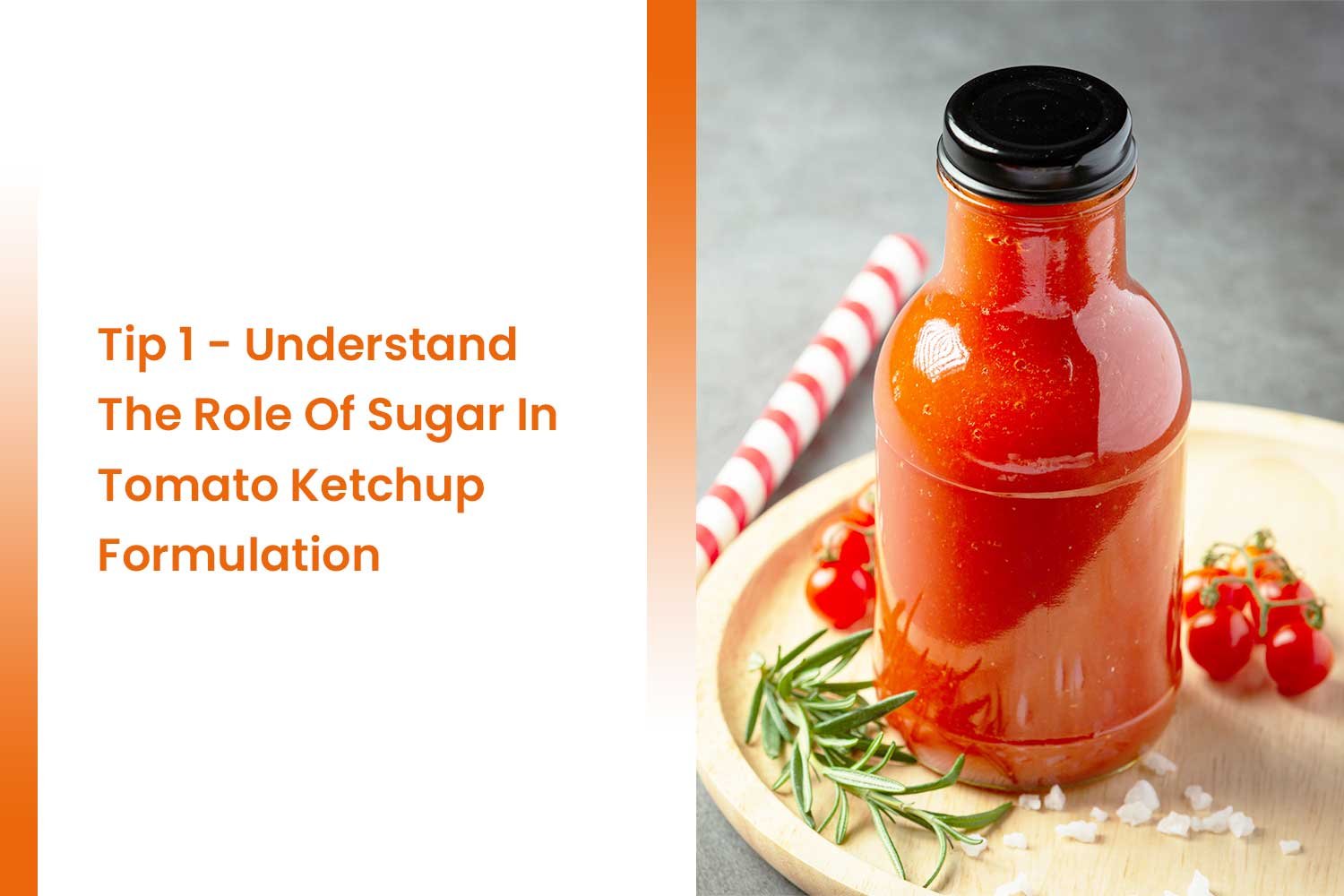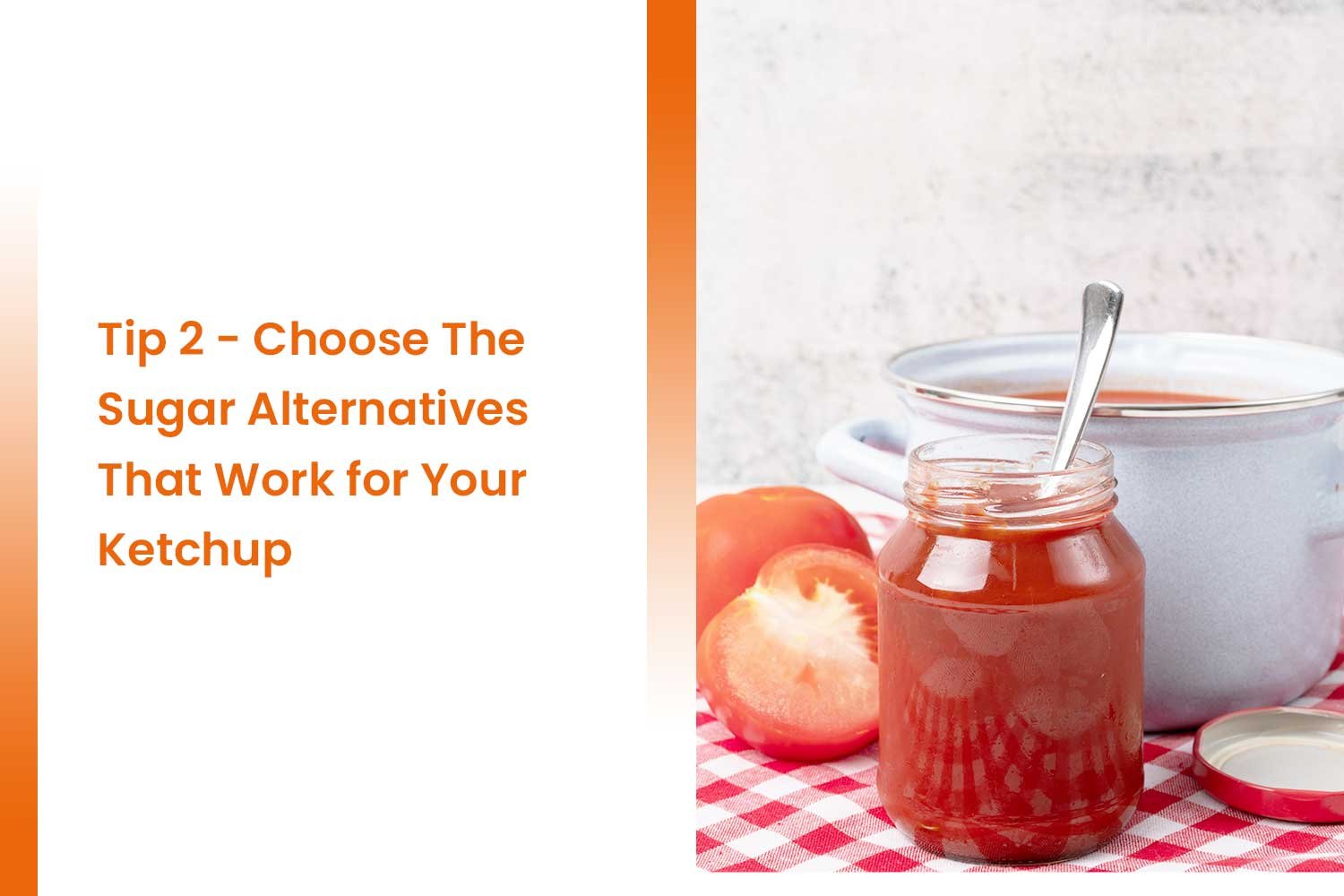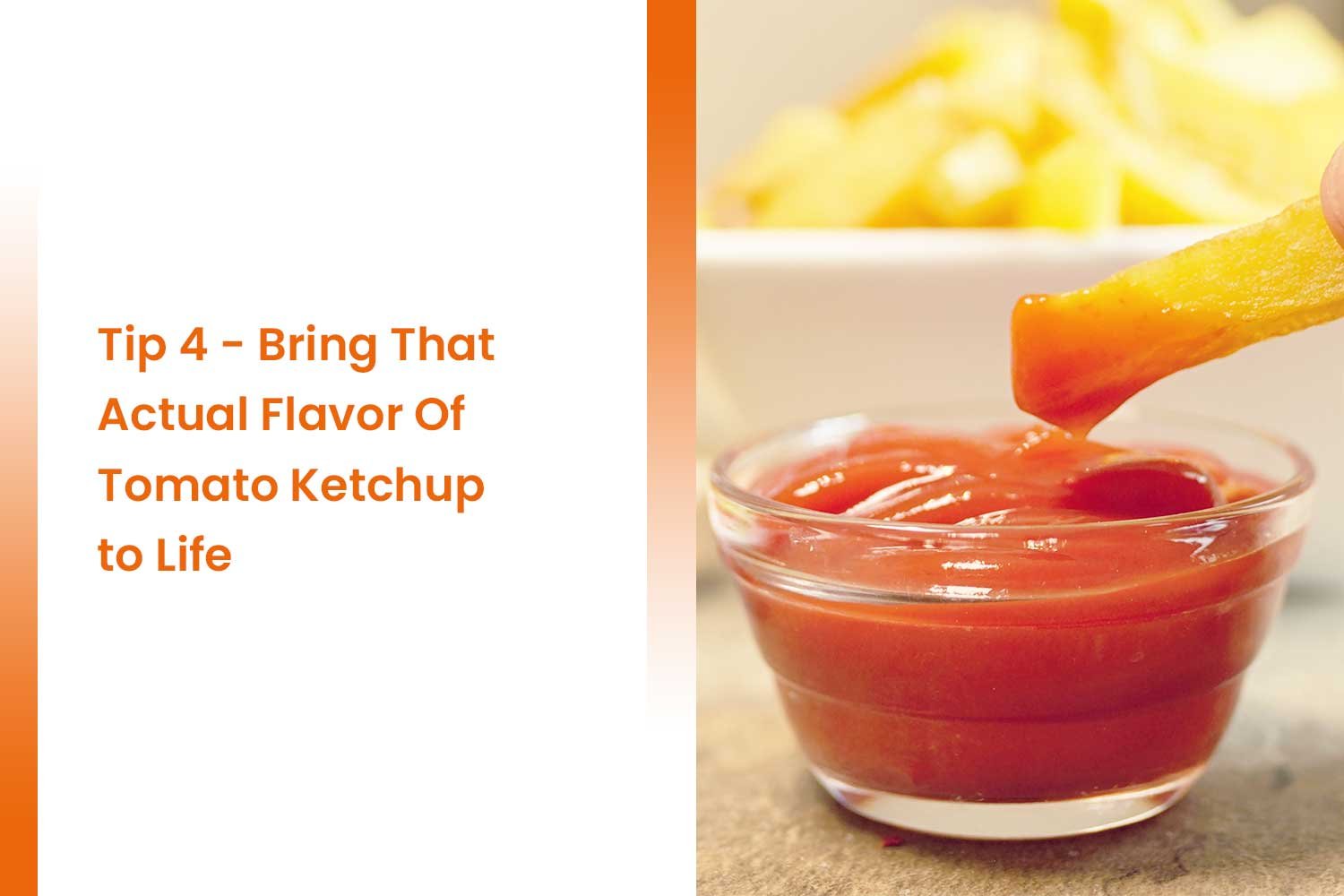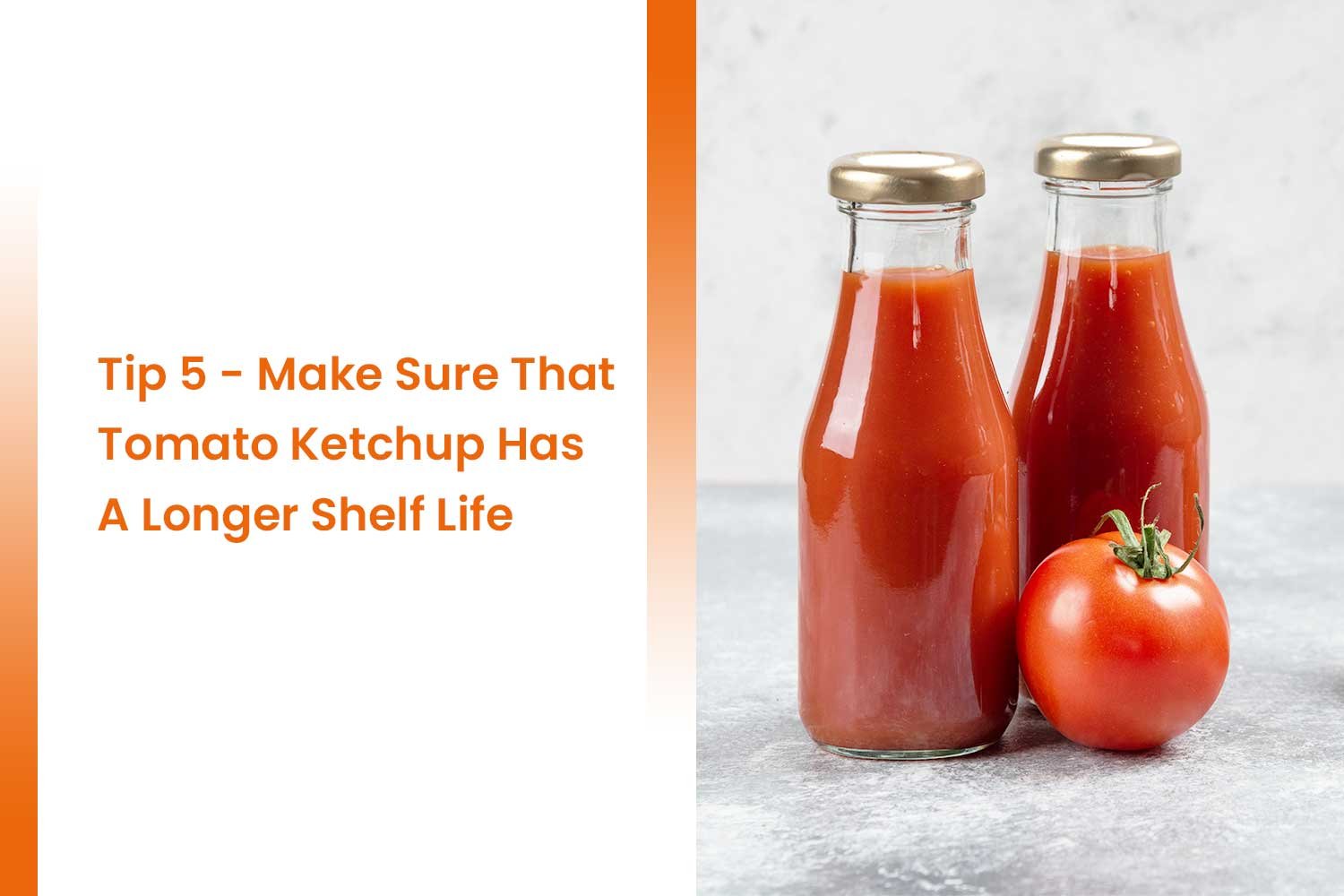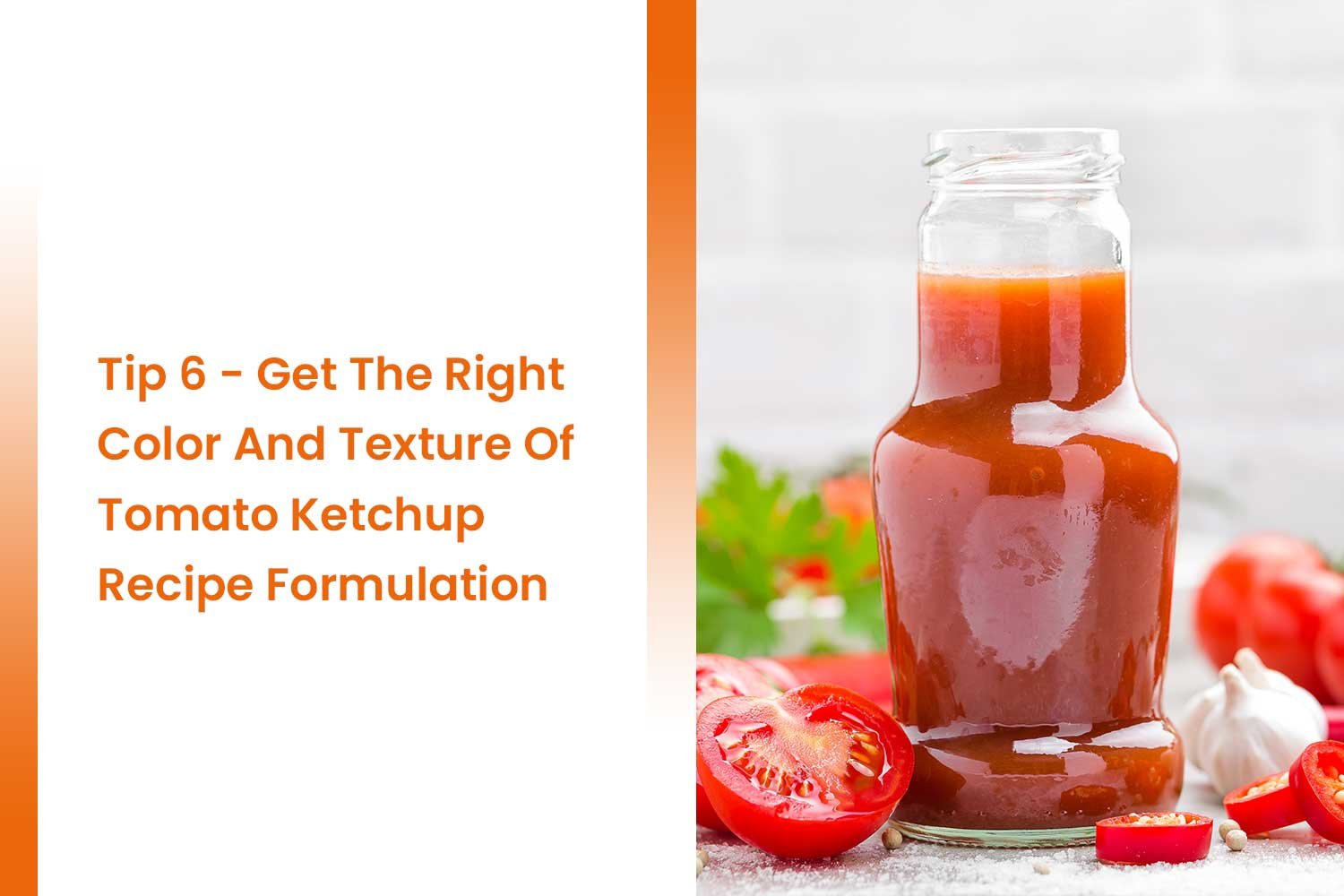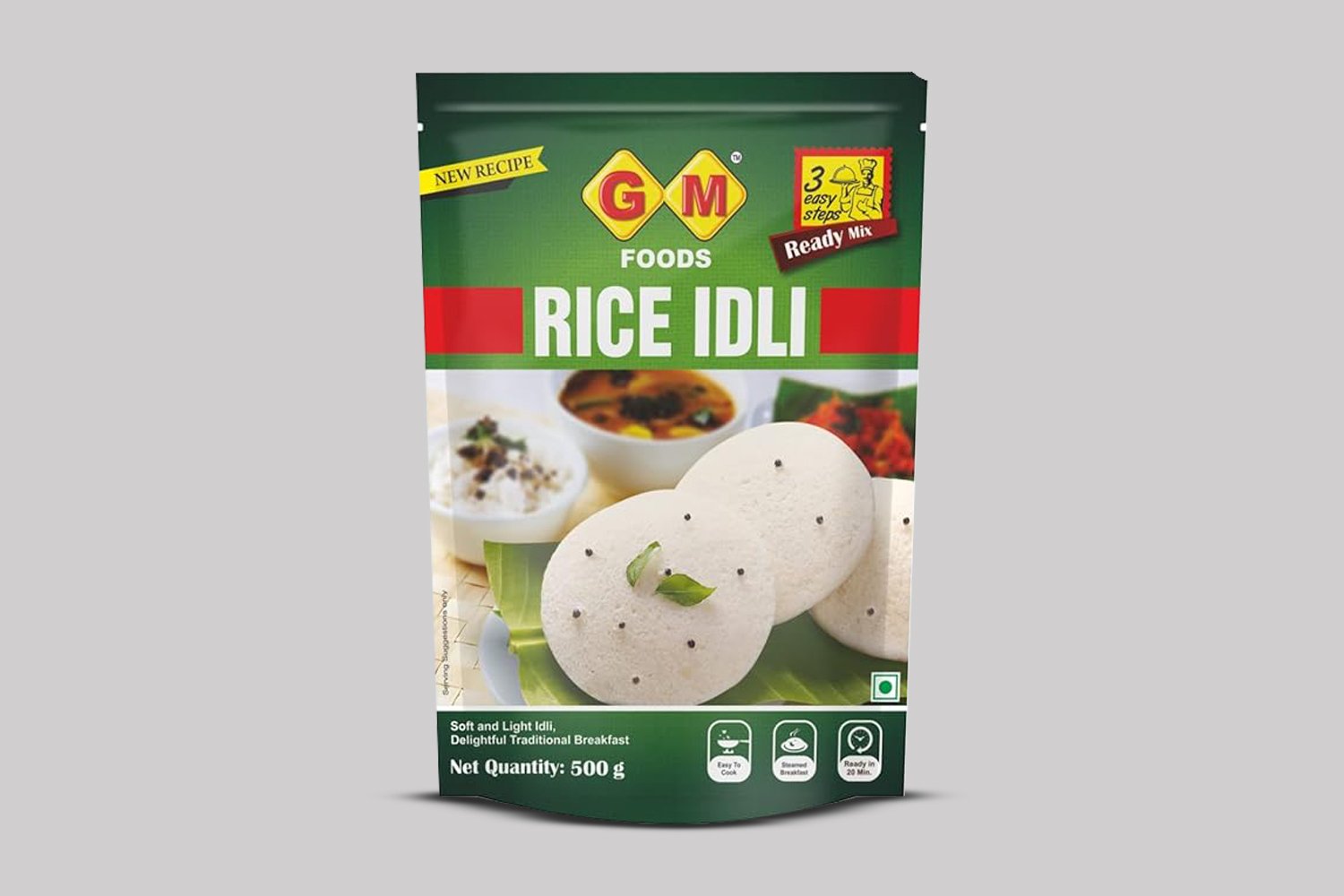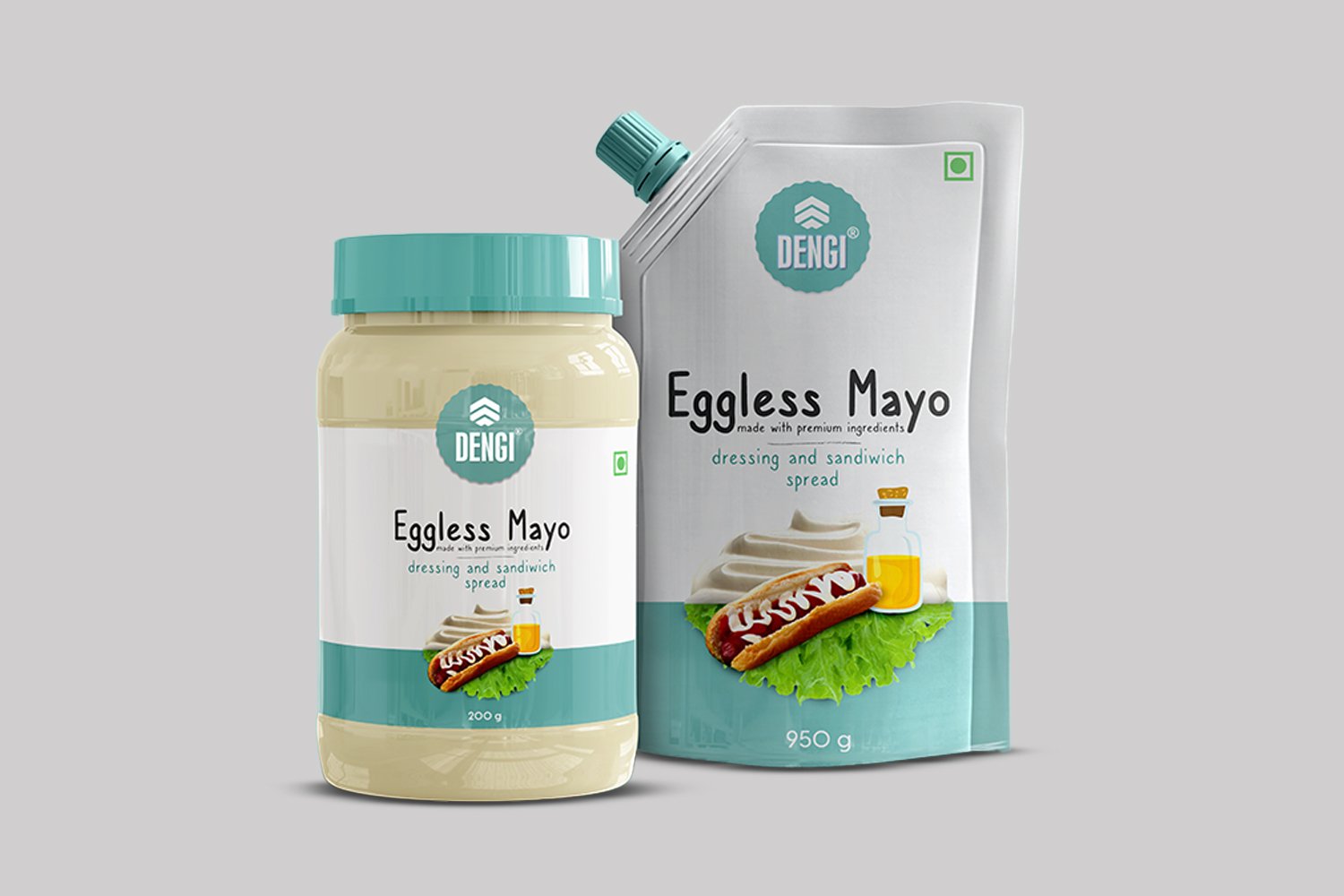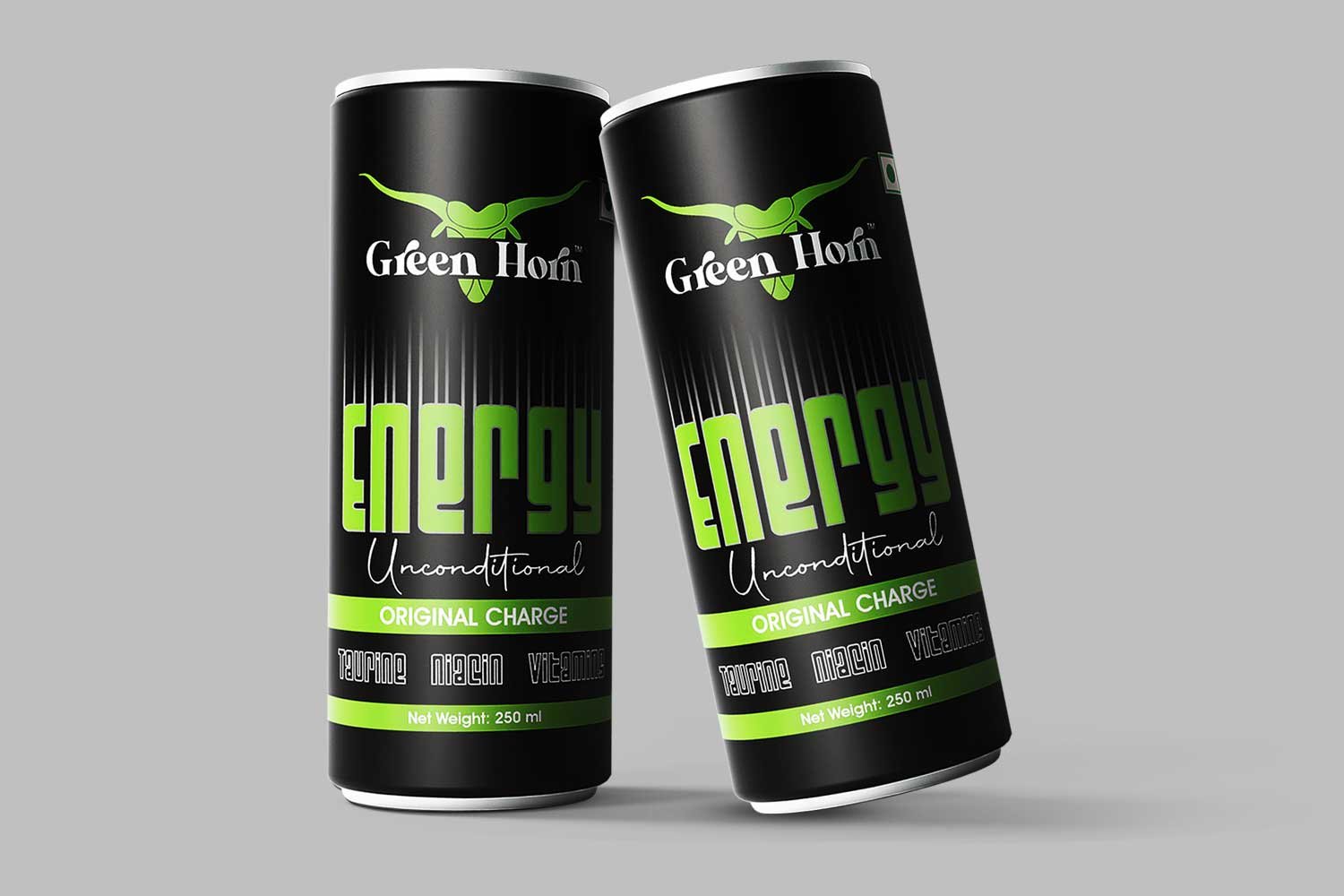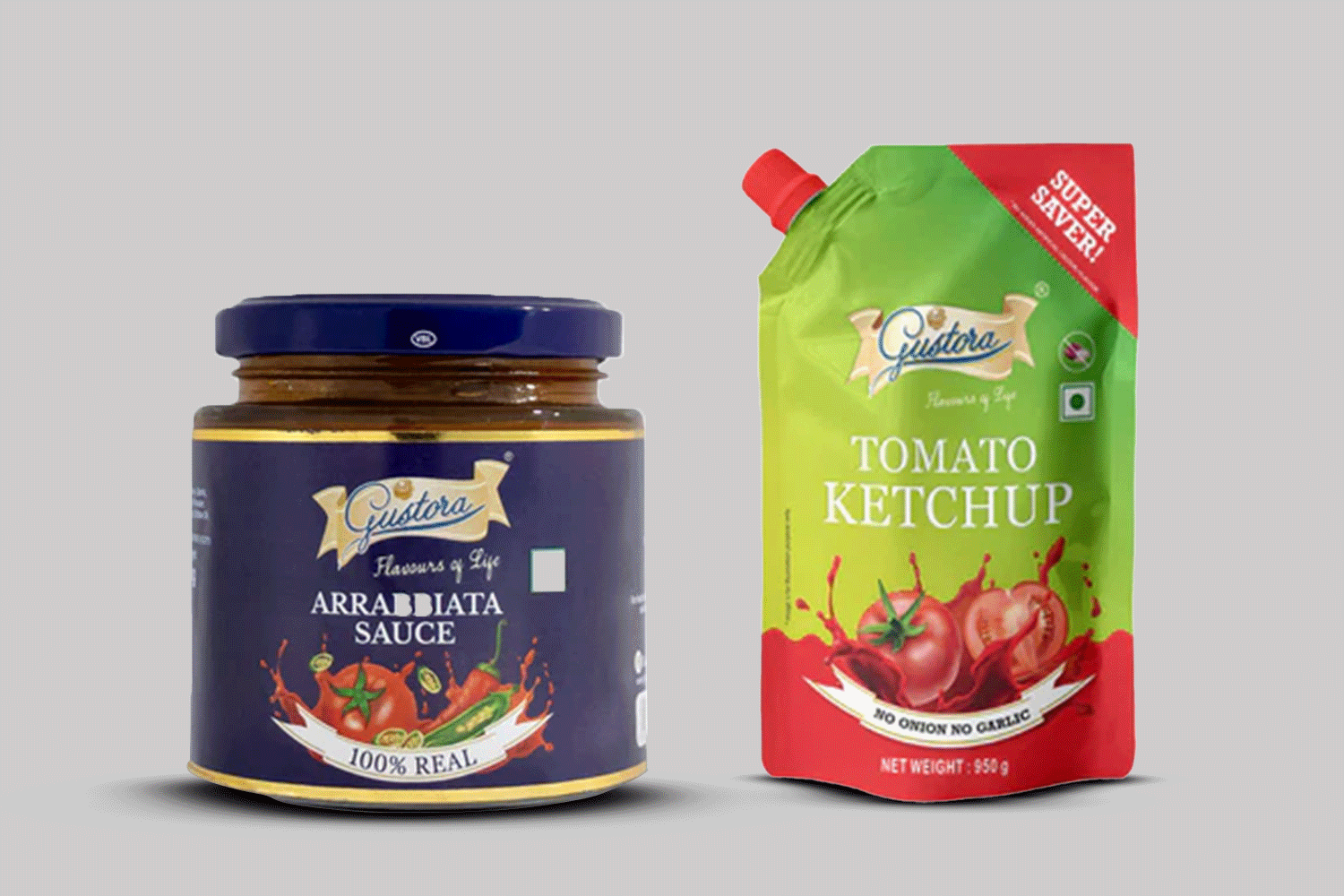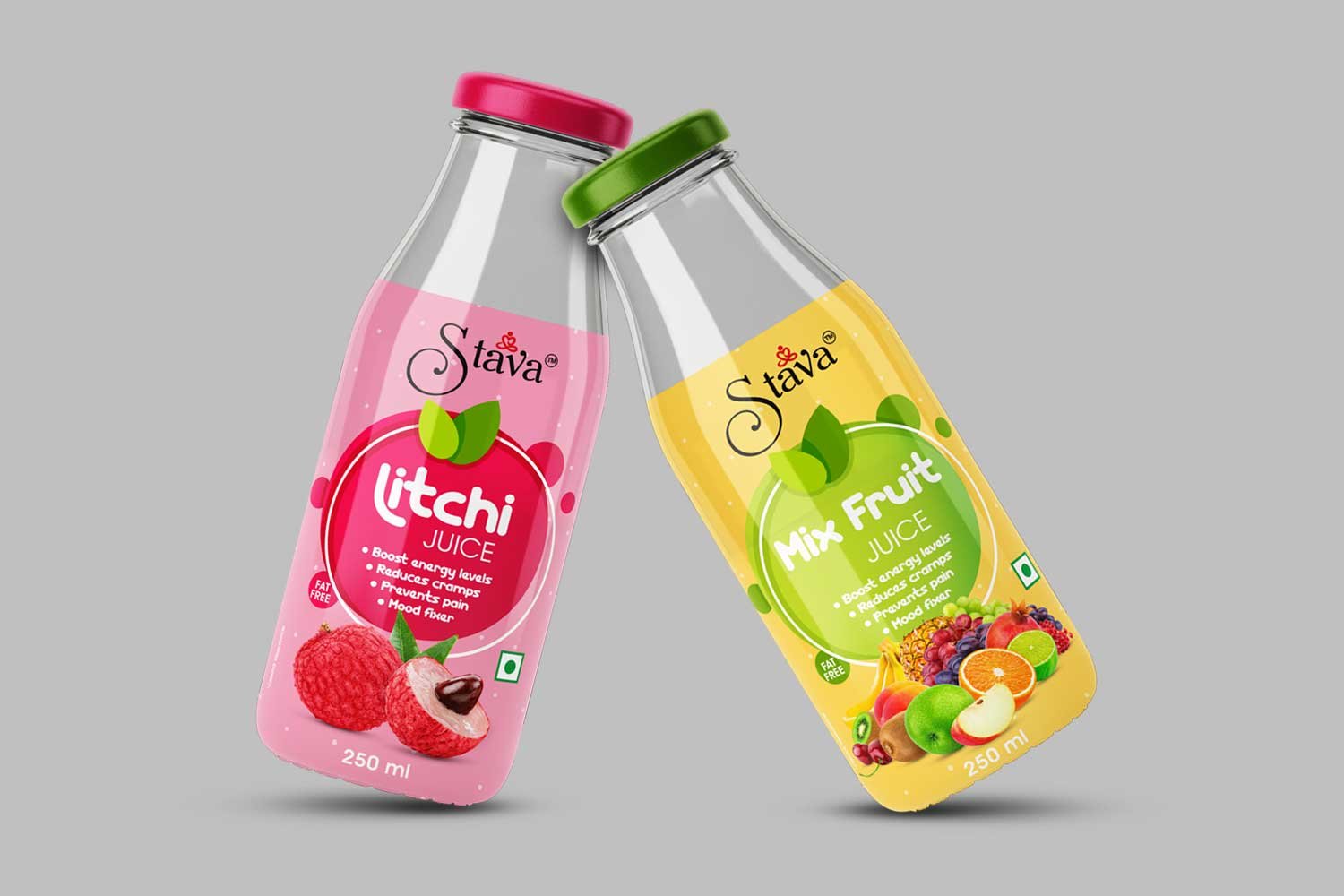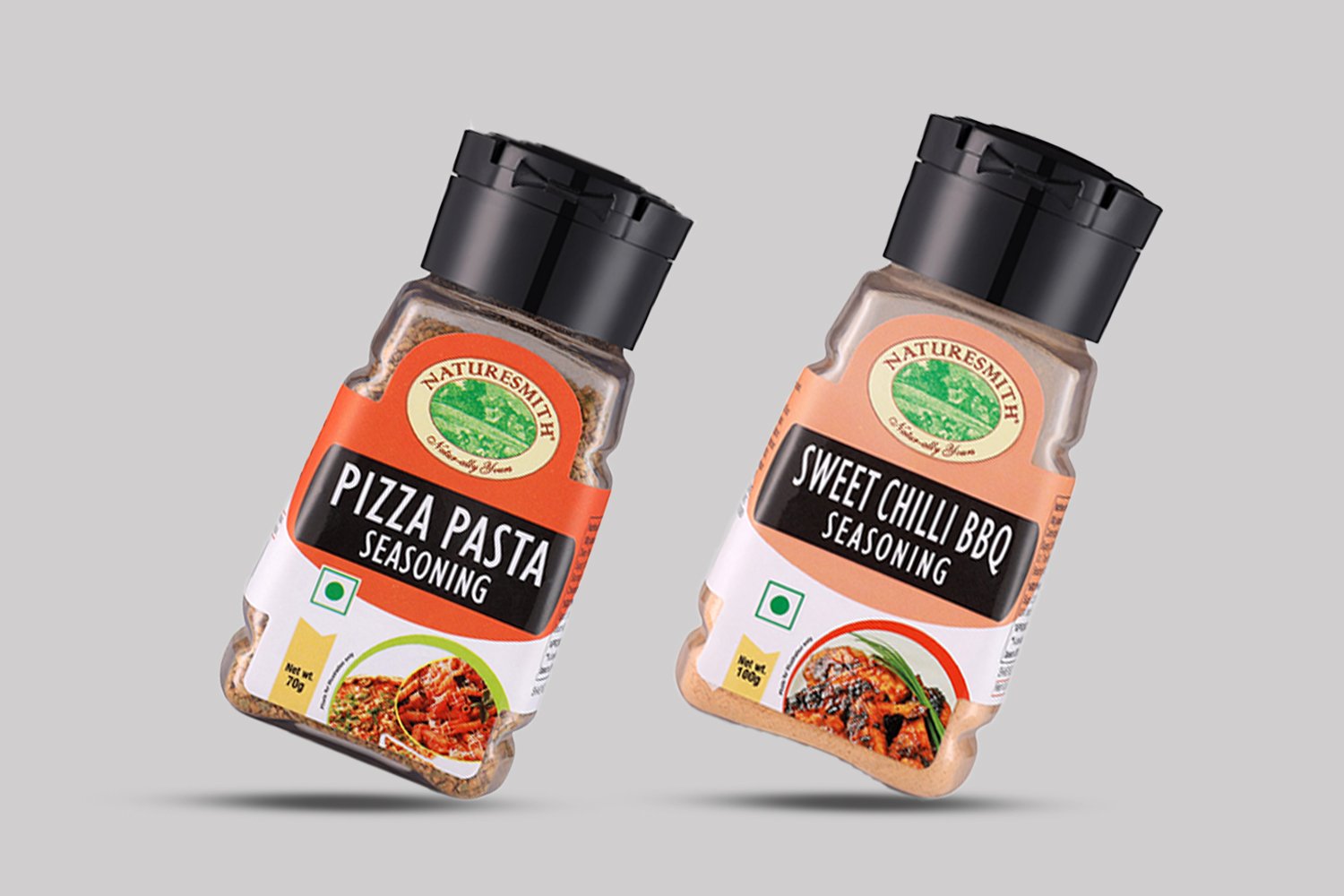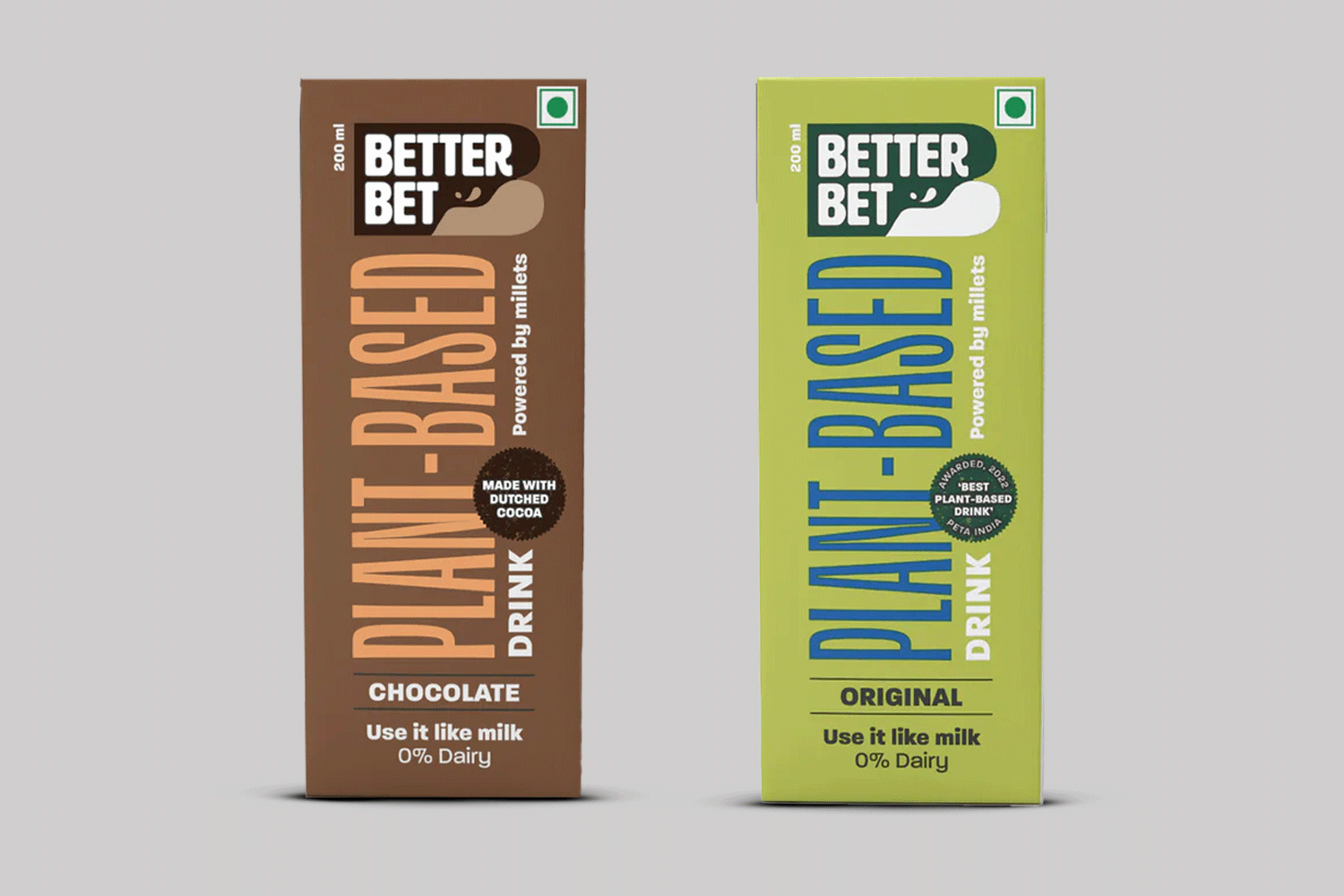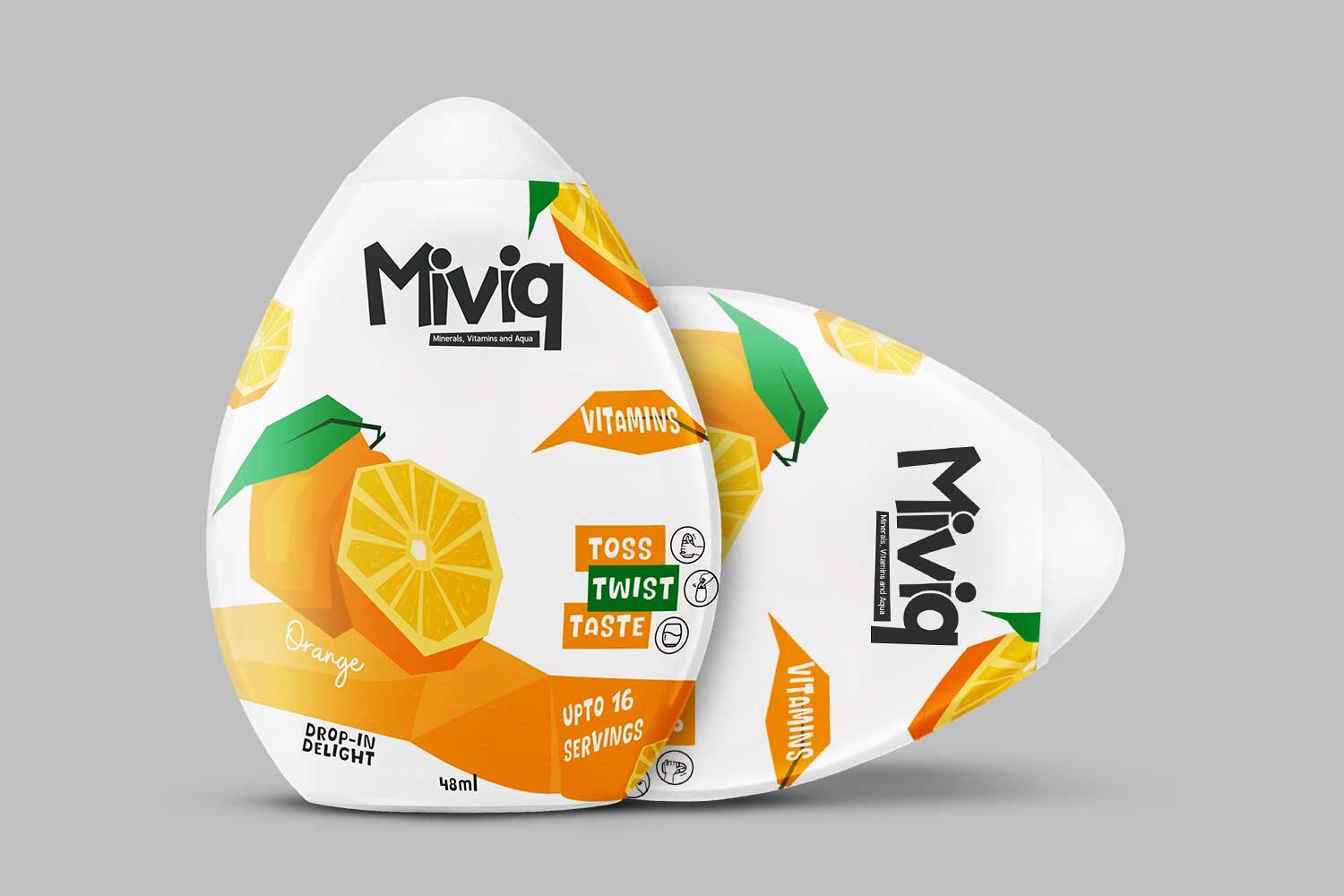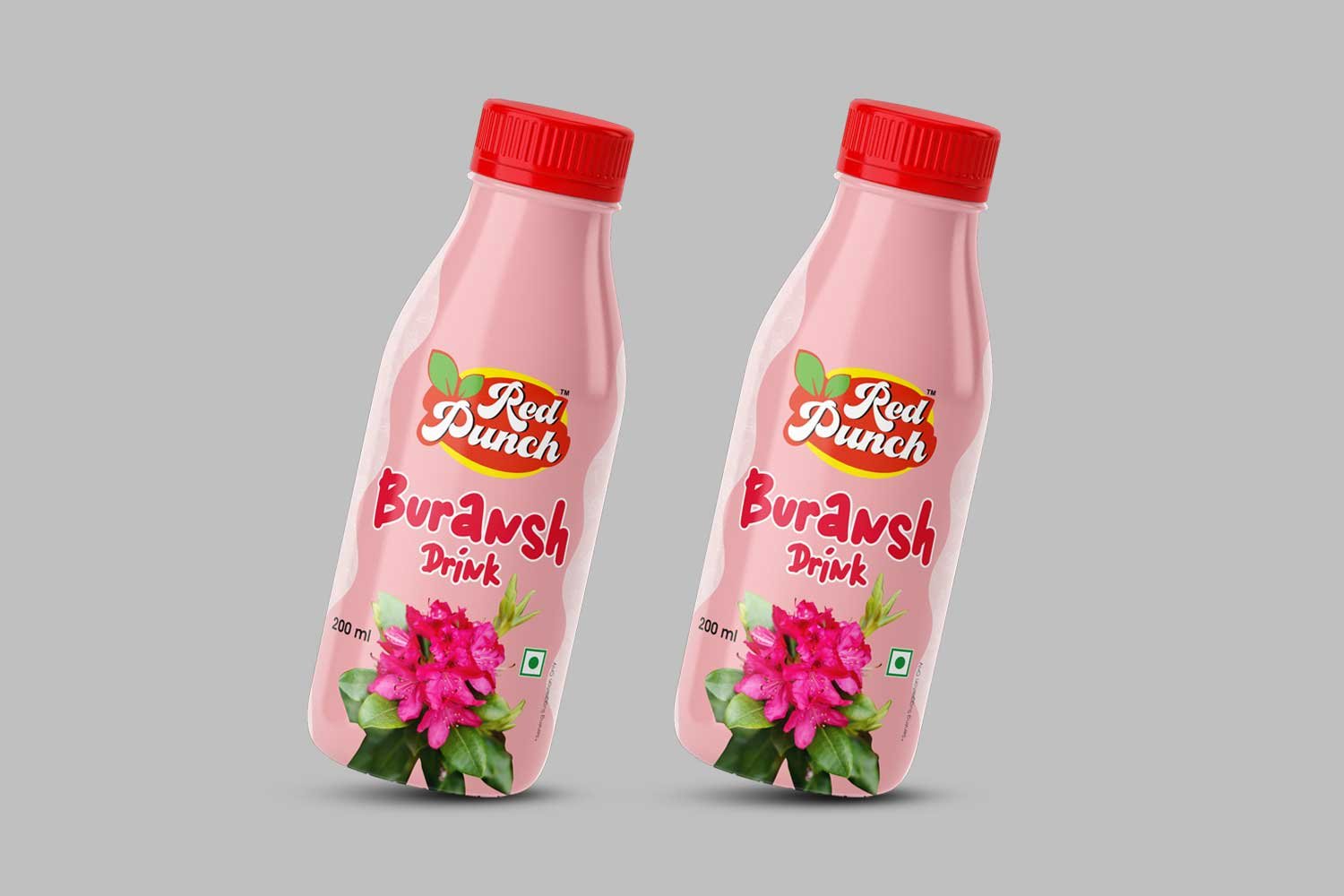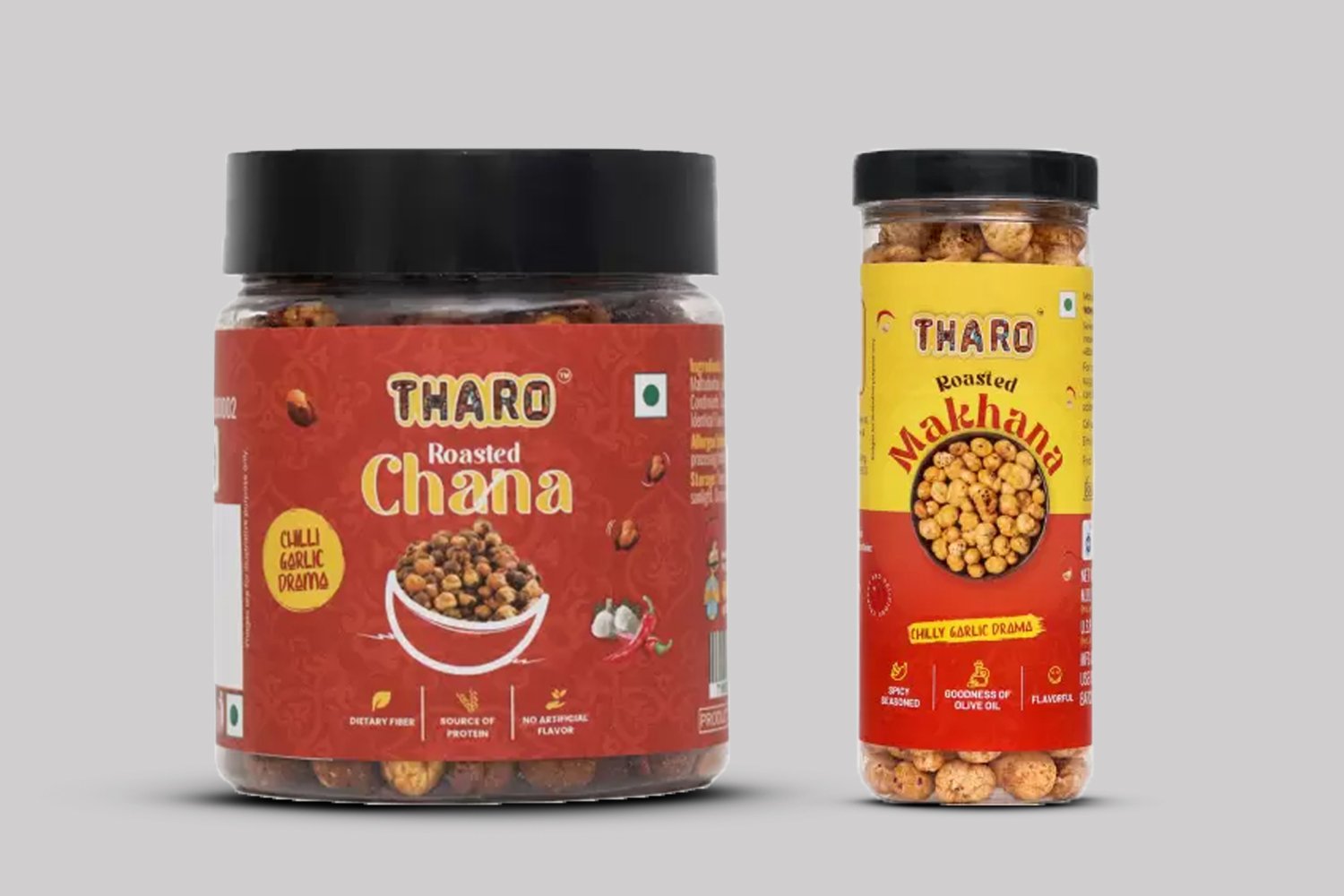A low-sugar tomato ketchup that works for your brand by making it more appealing to health-conscious consumers is not just pulling sugar out of it. It’s about getting the taste and shelf life right, and making sure that the label of the low-sugar tomato ketchup is still attracting your audience. In other words, if you’re going to do it, do it with perfection!
Nowadays, people pay more attention to sugar in their everyday foods, and so, food brands need to step out to provide better choices. But no one wants to lose that familiar, comforting taste of the classic tomato ketchup. That’s where tomato ketchup formulation consultants show their magic to make sure that low-sugar ketchup recipe development does not lose that classic taste.
Why Low-Sugar Tomato Ketchup Is In High Demand In 2025?
Healthier eating habits are the major factor in 2025. And tomato ketchup, though seen as a simple condiment, is in high demand. Sales of reduced – and no-added-sugar tomato ketchup increased over 18% year-over-year, with over 62% of shoppers now reading labels before buying. Millennials and Gen Z especially prioritize health and clean labels.
As per the data from recent market trends, retailers have expanded shelf space, with new low-sugar ketchup launches up to 27% in early 2025. More than cutting the sugar, this growth demands matching taste, texture, and shelf life. The tomato ketchup recipe formulation experts implement food science to meet these expectations of consumers and to grow their brand in 2025.
Tip 1 – Understand The Role Of Sugar In Tomato Ketchup Formulation
Before knowing about how to replace sugar, first understand the role or the essence of sugar in tomato ketchup.
The essence of sugar in the traditional tomato ketchup formulation is:
- Balances the tangy taste in ketchup that comes from vinegar and tomatoes
- Adds thickness to the tomato ketchup
- Helps to increase the shelf life of tomato ketchup by reducing its water activity
- Balances color and caramelization during tomato ketchup cooking
So, removing the sugar from tomato ketchup is not about adjusting sweetness; in fact, you are shifting the entire structure of the product. The food formulation consultant helps to make all the changes so that your ketchup does not lose that authentic taste.
Tip 2 – Choose The Sugar Alternatives That Work For Your Ketchup
There are a lot of sugar alternatives present, but different substitutes have different functions, so choosing the right one for your tomato ketchup is a major step.
The list of main sugar substitutes that work is:
| Sugar Alternative | Sweetness Level | Function | Keep Point To Remember |
|---|---|---|---|
| Stevia | Very High | Natural, Zero-calorie | Can taste bitter or herbal |
| Erythritol | Moderate | Adds volume, Low-calorie | Light cooling effect |
| Sucralose | Very High | Strong sweetness, heat-stable | Not always seen as ‘natural’ |
| Fruit Purees | Mild | Adds natural sweetness | It can affect color and flavor |
| Allulose | Moderate | Clean taste, brown like sugar | Less widely available |
A mix of sweeteners gives better results than relying on just one. For example, using stevia for sweetness, erythritol for bulk, and fruit puree for roundness creates a more complete sugar replacement in a custom ketchup recipe for FMCG brands.
Tip 3 – Adjust Acidity & Flavor Profile In Low-Sugar Tomato Ketchup Formulation
When you remove sugar from the tomato ketchup, the tanginess of vinegar and tomatoes is more visible. This can destroy the taste if the acidity profile is not adjusted.
The common acid choices are:
- Vinegar for that classic tangy flavor
- Citric acid for a gentle taste
- Malic acid for a softer and lighter fruity feel
A food recipe consultant can help you run small trials to perfect these ingredients and bring the flavor back into balance. You might also need to increase the tomato solids or add a bit of fiber to get that familiar thick texture without the sugar.
Tip 4 – Bring That Actual Flavor Of Tomato Ketchup To Life
Sugar helps balance bitterness and bring out savory notes in tomato-based products. Without it, your tomato ketchup can taste bad.
Here’s where natural flavor enhancers can help:
- Yeast extracts or mushroom powders to add umami
- Spices, onion, and garlic to build complexity
- A touch of tamarind, balsamic vinegar, or other fermented ingredients for depth
Experienced low-sugar tomato ketchup consultants do sensory testing to identify any gaps in flavor and make sure your ketchup still hits all the right notes.
Tip 5 – Make Sure That Tomato Ketchup Has A Longer Shelf Life
Sugar plays an important role in keeping tomato ketchup safe and shelf-stable. When it’s removed, the product becomes more vulnerable to spoilage, unless you do a reformulation of your tomato ketchup.
Things to consider:
- Use fruit-based ingredients or fiber to lower water activity
- Adjust cooking times or temperatures for safe pasteurization
- Consider natural preservatives like vinegar blends, rosemary extract, or nisin
A stable tomato ketchup should pass microbial testing for yeast, mold, and other common spoilage microbes. If you’re going preservative-free, low-sugar tomato ketchup, this part of the process becomes even more important.
Tip 6 – Get The Right Color And Texture Of Tomato Ketchup Recipe Formulation
When you change the ingredients, the look and feel of your tomato ketchup can change too. Sugar contributes to both the glossy texture and rich red color that people expect in tomato ketchup. To get that back:
- Use high-quality tomato paste
- Add natural color enhancers like paprika extract or lycopene
- Use small amounts of pectin, xanthan gum, or other natural thickeners to maintain texture
Just be careful, too much gum can make the ketchup feel sticky or unnatural.
Tip 7 – Do Proper Labelling In Tomato Ketchup Packaging
Nowadays, shoppers are label readers. If your product is going to stand out, it needs to be clear, clean, and credible.
Work with the best tomato ketchup recipe formulation consultant to make sure that your labeling:
- Follows the correct food regulations (FSSAI, FDA, etc.)
- Uses claims that are true and legal (“No added sugar”, “Naturally sweetened”, etc.)
- Highlights real ingredients (“Made with date purée” or “Lycopene-rich tomatoes”)
Keep the ingredient list simple, and avoid anything that sounds too synthetic if your goal is a clean label.
Tip 8 – Sensory Testing Of Your Tomato Ketchup Before Market Launch
Before the market launch of your low-sugar ketchup recipe development, it needs to be tested properly.
What you’ll need:
- Shelf life studies under real and accelerated conditions
- Sensory panels to check taste, color, and consistency over time
- Packaging trials to make sure your product works in both bottles and sachets
This step helps you avoid mistakes later on and makes sure that your product delivers every time someone opens the bottle.
Bonus Tip: Plan For Scale-Up Early For Tomato Ketchup
Tomato ketchup recipe formulation in the lab is one thing. Producing at scale is another. A lot can change when you go from 10 liters to 1,000 liters.
Your food formulation consultant can help you:
- Choose the right equipment and heating methods
- Decide between hot-fill or cold-fill bottling
- Find co-manufacturers who can handle your specific ingredients
- Makes sure that the flavor and texture remain consistent at every batch size
Getting this right early can save you a lot of time, money, and headaches.
Let’s Bring Your Brand’s Low-Sugar Tomato Ketchup Vision To Life
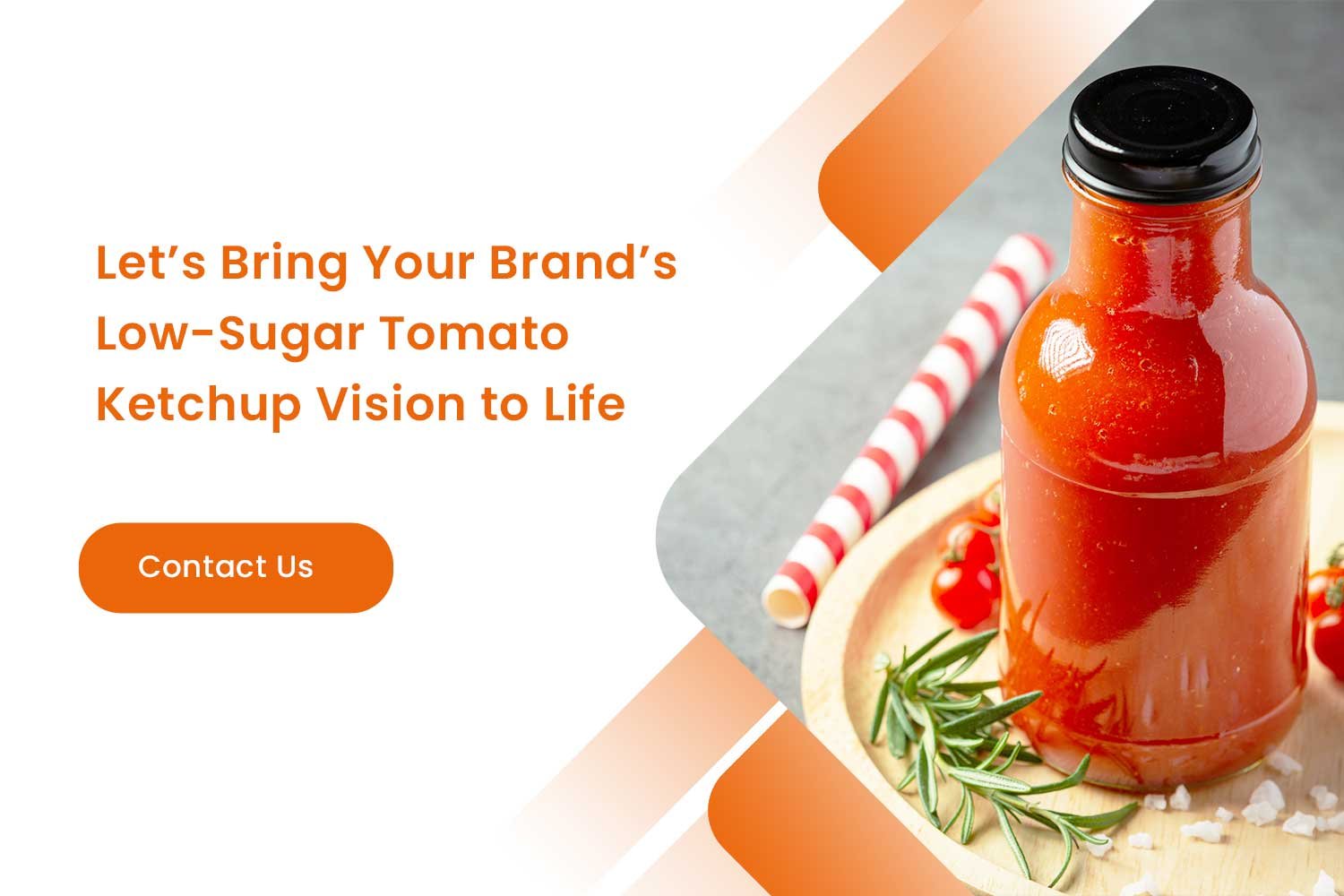 At Foodsure, we help low sugar ketchup brands create sauces and condiments that tick every box, taste, shelf life, nutrition, and cost. Whether you’re just getting started or ready to scale, our team can support you from kitchen to market. Contact us at +91 8130404757.
At Foodsure, we help low sugar ketchup brands create sauces and condiments that tick every box, taste, shelf life, nutrition, and cost. Whether you’re just getting started or ready to scale, our team can support you from kitchen to market. Contact us at +91 8130404757.
Let’s create a low-sugar ketchup that your customers crave and your competitors can’t copy.
FAQs
What are the key challenges in formulating low-sugar tomato ketchup?
Formulating low-sugar ketchup involves balancing sweetness, acidity, and texture. Reducing sugar can impact the flavor profile, requiring careful selection of natural sweeteners and adjustments in acidity to maintain taste and consistency.
How can natural sweeteners be effectively used in low-sugar ketchup?
Natural sweeteners like stevia, erythritol, and fruit purees can replace added sugars. Each has its characteristics; for instance, stevia offers high sweetness with zero calories but may impart a bitter aftertaste, while fruit purees add natural sweetness and flavor complexity.
What are the benefits of consulting with a product development expert for low-sugar ketchup?
Consulting with a product development expert ensures the creation of a ketchup that meets taste expectations, nutritional goals, and market demands. Experts can guide ingredient selection, formulation adjustments, and compliance with food safety standards, leading to a successful product launch.

